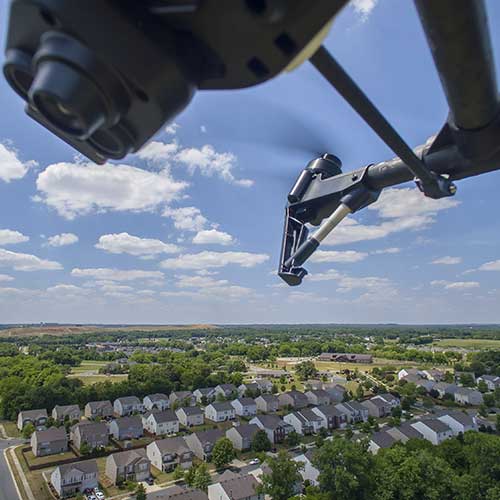How to Race an RC Helicopter
-
Rule One
The first rule of racing RC helicopters is RADIO. What does that mean? It actually comes down to a misconception of what RC stands for! Many people believe that it conveniently stands for Remote Control which is only partially true. In reality, the RC has two seperate meanings. It can mean both Remote Control or Radio Control. Remote Control refers to the helicopters that fall under the category of using light based sensors. These infrared sensors are actually non functional in direct sunlight since the controls get blocked. In order to work outside, the helicopter has to use Radio waves to control the copter. So before you buy your helicopter, be sure to check bestrccopters.com to make sure it is radio enabled.
-
Rule Two
The second rule is COLLECTIVE. This is in reference to the rotor pitch. There are two different ways that this can function. The first is called fixed pitch. Fixed refers to a maximum angle that the rotor will move after which a gyroscopic lock will enact. This prevents overturning the helicopter, but removes the possiblity of picking up speed at the expense of altitude. The most important trick in the racers handbook is to use turns to gain altitude followed by burning that altitude in straightaways for enhanced speed. The best racers take advantage of this and try to block other racers from enacting this during turns. A Collective Pitch helicopter will allow you to take greater risks with the helicopter such as the above technique. Also check Amazon.com to find the best deals on collective pitch helicopters.
-
Rule Three
The third rule is 2! ...What? Well, let me explain; the core of any racing helicopter is 2 parts over the helicopter. This includes 1 rotor and a balance bar. There is an exception to this rule and that is if your helicopter is over 1 foot in length, you will not need a balance bar since it should balance by its own due to weight. Read this review about the Walkera Super 6Ch CP to get a feel for what it is like to fly a smaller helicopter without the balance bar. As you can see, when your helicopter does not have the balance bar, or suficient weight, you are going to be fighting the rotor torsion on every turn which leads to fairly problemactic management issues in race. Your focus in a race should be on the management of the speed, not on the sideways torsion.


